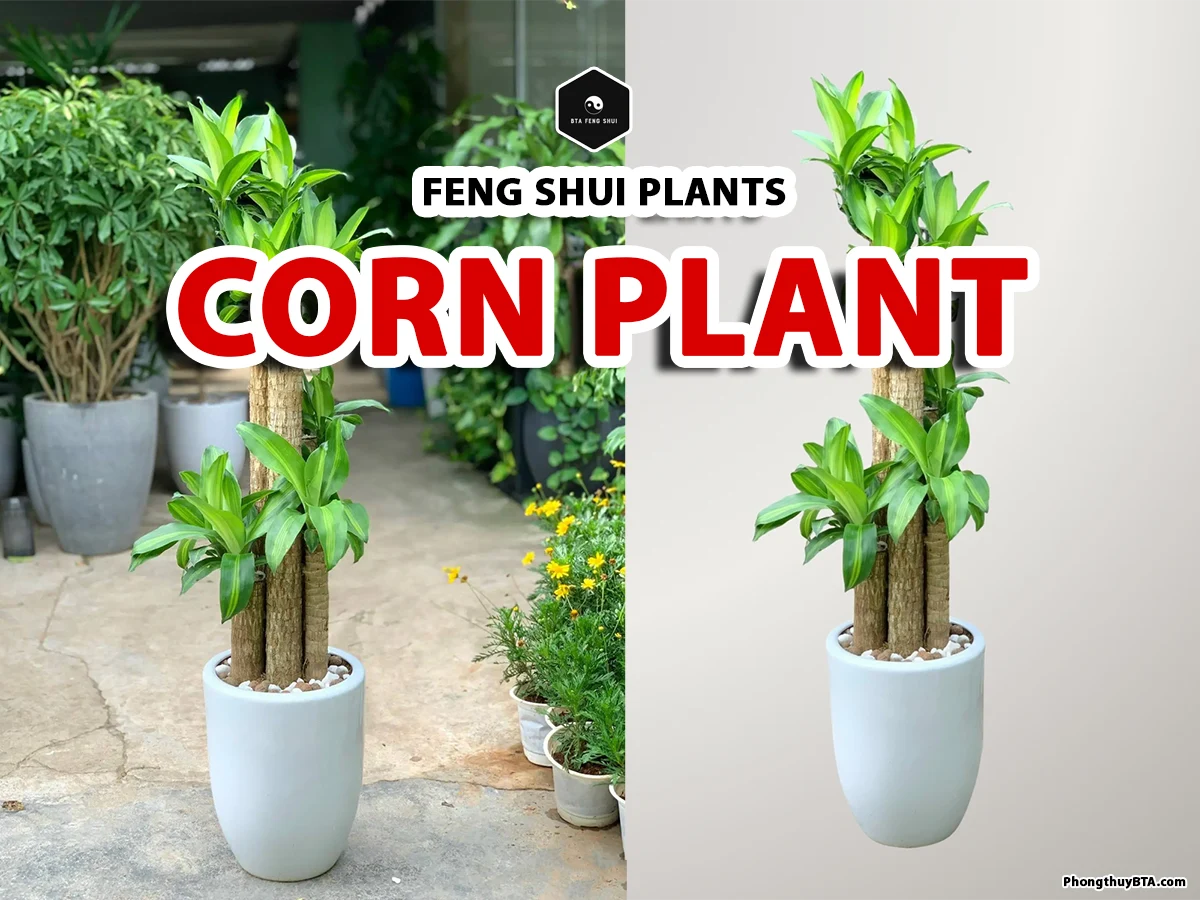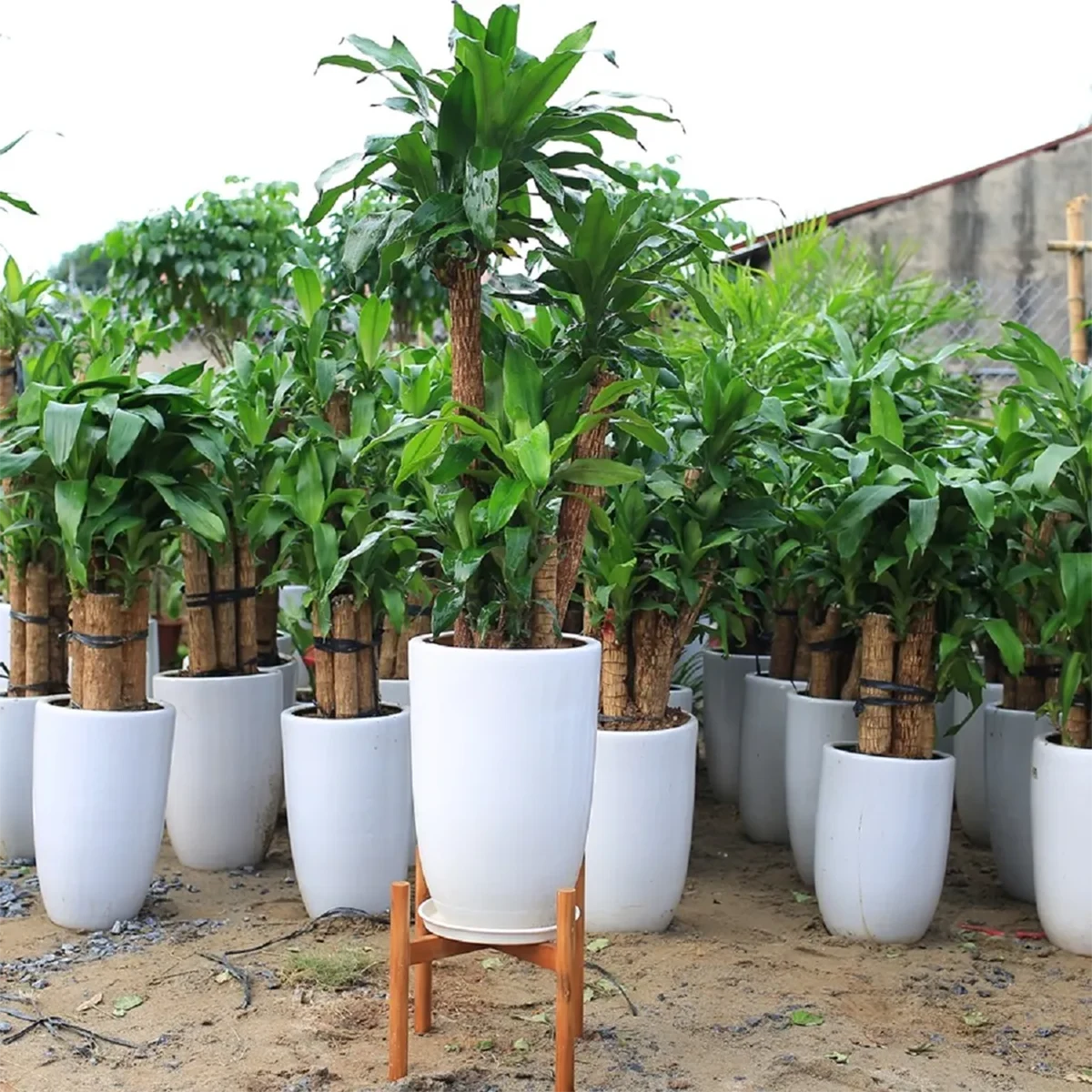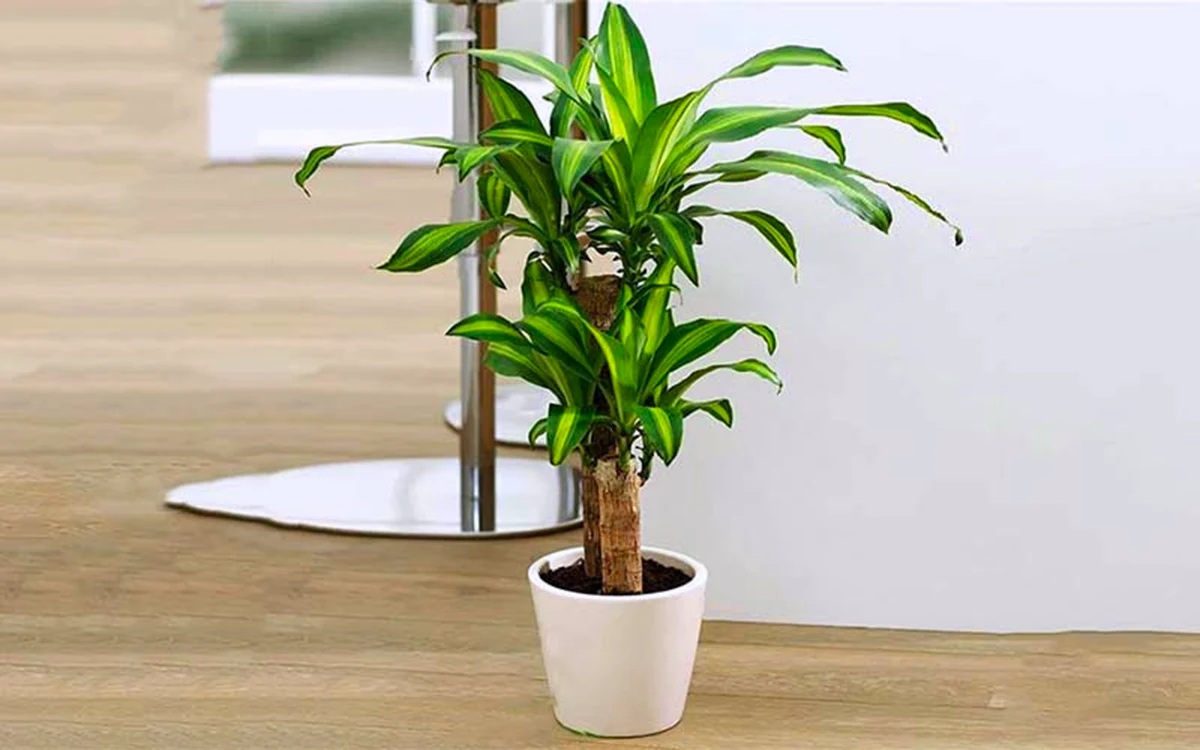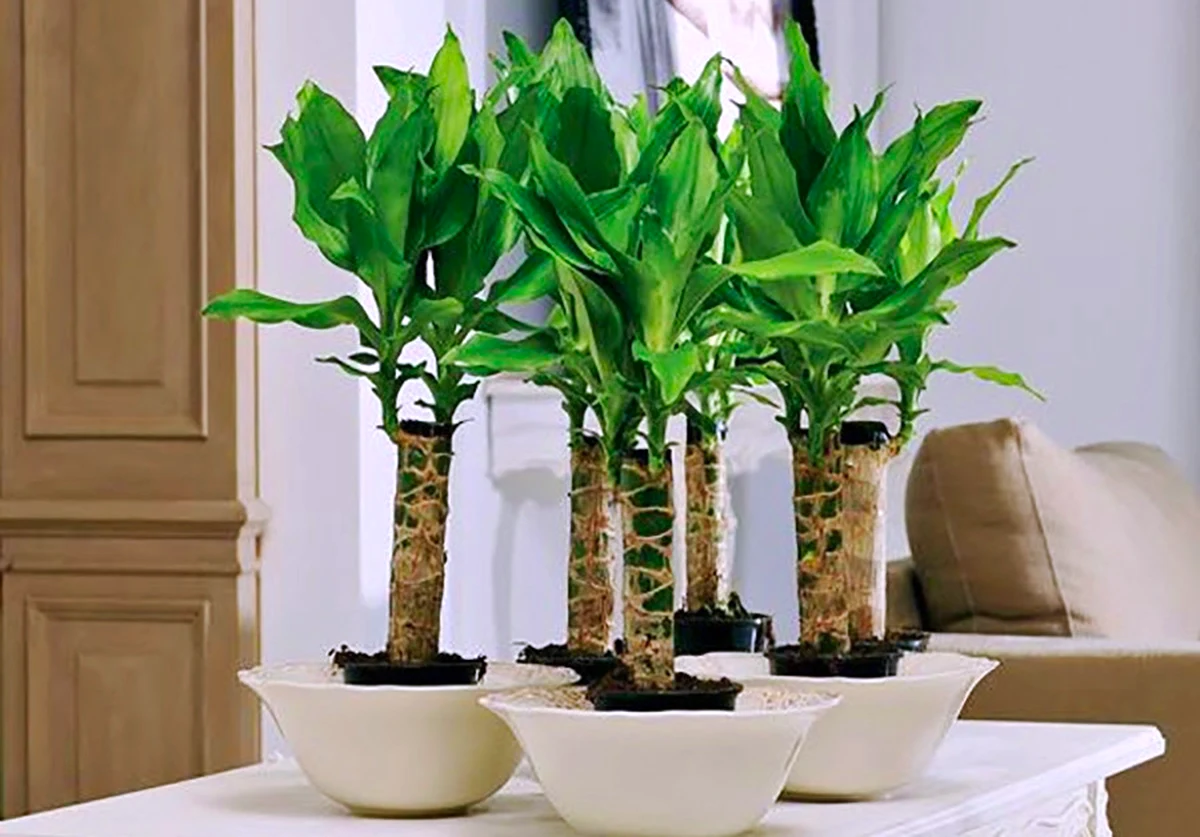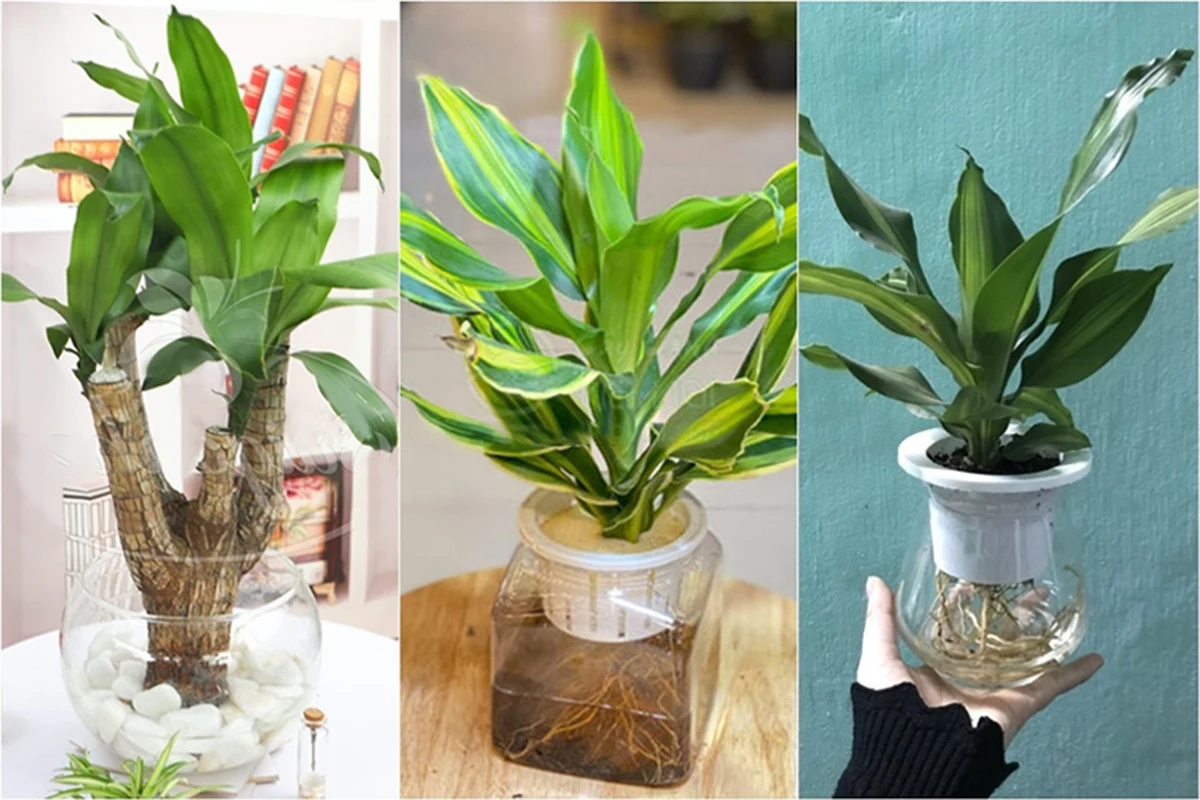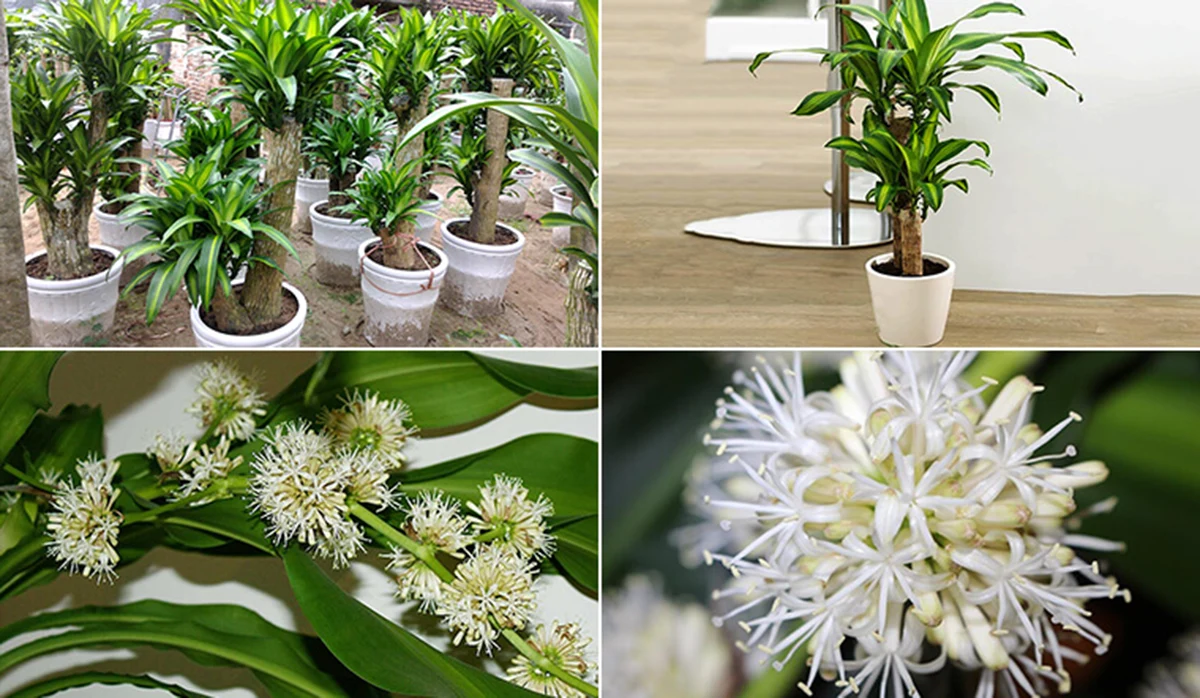The corn plant (Dracaena fragrans), often called the cornstalk dracaena or mass cane, is a stunning houseplant known for its lush, corn-like foliage and low-maintenance charm. Native to tropical Africa, this evergreen beauty thrives indoors, adding elegance and positive energy to homes and offices.
In this guide, we’ll explore everything you need to know about corn plant care, from light and watering to propagation and Feng Shui benefits, ensuring your plant flourishes for years.
What Is a Corn Plant?
The corn plant (Dracaena fragrans) is a tropical evergreen with long, glossy leaves resembling corn stalks, earning its common name. Its sturdy, cane-like stems grow upright, reaching 4–6 feet indoors or up to 50 feet in the wild.
Popular varieties like Massangeana feature vibrant green leaves with yellow stripes, while Lindenii and Limelight offer unique color variations. Beyond aesthetics, this plant is prized for air-purifying qualities, as proven in NASA’s Clean Air Study, and its Feng Shui symbolism of prosperity and harmony.
Key Information:
- Common Names: Corn plant, dracaena, false palm
- Botanical Name: Dracaena fragrans
- Family: Asparagaceae
- Plant Type: Broadleaf, evergreen, shrub/tree
- Mature Size: 15–50 ft. tall, 3–10 ft. wide outdoors; up to 6 ft. tall indoors
- Sun Exposure: Partial
- Soil Type: Moist, well-draining, loamy
- Soil pH: 6.1–6.5 (Acidic)
- Bloom Time: Late fall and late spring; blooms at night
- Flower Color: White, yellow
- Hardiness Zones: 10–12 (USDA)
- Native Area: Tropical Africa
- Toxicity: Toxic to dogs and cats
Corn Plant Care Basics
Caring for a corn plant is straightforward when you meet its core needs. Below, we outline the essentials to keep your Dracaena fragrans thriving.
Corn Plant Light Requirements
Corn plants prefer bright, indirect light to maintain vibrant foliage. Place them near a north- or east-facing window with filtered sunlight. Too much direct sun scorches leaves, while low light causes leggy growth or loss of variegation. Rotate the plant occasionally for even growth.
Tip: If leaves fade, move to a brighter spot. Use sheer curtains to diffuse intense sunlight.
Watering Your Corn Plant
Water thoroughly when the top inch of soil feels dry, typically every 1–2 weeks in spring and summer. Reduce watering in fall and winter to prevent soggy soil, which can lead to root rot. Use distilled or rainwater to avoid fluoride buildup, as corn plants are sensitive to tap water minerals.
Tip: Ensure the pot has drainage holes to prevent waterlogging.
Best Soil for Corn Plant
Plant in a well-draining, loamy potting mix with a pH of 6.1–6.5. Amend with perlite or sand for better drainage. Avoid soils with high perlite content, as they retain too much moisture.
Tip: Refresh the soil every 2–3 years during repotting to maintain nutrient levels.
Corn Plant Temperature and Humidity
Corn plants thrive in 60–75°F (15–24°C) and prefer moderate to high humidity (40–50%). Protect from drafts, air conditioners, or heating vents. Boost humidity by misting leaves, using a pebble tray, or placing a humidifier nearby.
Tip: Bathrooms with natural light are ideal for maintaining humidity.
Corn Plant Fertilizer Needs
Feed with a balanced liquid fertilizer (diluted to half strength) every 4–6 weeks during the growing season (spring–summer). Avoid fertilizing in winter when growth slows. Over-fertilization can cause brown leaf tips, so flush the soil occasionally to remove excess salts.
Tip: Opt for organic fertilizers to mimic the plant’s nutrient-rich native soil.
Read more:
- Lucky Bamboo Care: What Most People Overlook in Feng Shui
- Chinese Evergreen: Ultimate Care Guide for Aglaonema
- China Doll Plant: Feng Shui Meaning and Expert Care Guide
- Cactus Plant Care: How to Take Care of a Cactus Indoors
Types of Corn Plants
Explore popular Dracaena fragrans varieties to find the perfect fit for your space:
- Massangeana: Features green leaves with a central yellow stripe, the most common variety.
- Lindenii: Boasts yellow-edged leaves for a striking contrast.
- Limelight: Displays glossy, lime-green foliage that brightens over time.
- Victoria: Rare, with shorter, triangular leaves and a yellow stripe.
Each variety adds unique flair, but all share similar care needs, making them versatile for indoor settings.
How to Prune a Corn Plant
Pruning keeps your corn plant healthy and manageable. Trim yellow or damaged leaves with clean shears to redirect energy to new growth. If the plant grows too tall, cut the cane just above a node to encourage branching. Spring or summer is the best time for pruning.
Tip: Use pruned cuttings for propagation to expand your collection.
How to Propagate a Corn Plant
Propagating corn plants is simple and rewarding. The most effective method is stem cutting:
- Cut a Stem: Snip an 8-inch section or the top just below a leaf node using sterile pruners.
- Root in Water: Place the cutting in a jar of room-temperature water, ensuring half is submerged. Change water weekly to prevent algae.
- Wait for Roots: Roots over 1 inch long form in 2–4 weeks. Plant in moist, well-draining soil.
- Alternative: Plant directly in peat moss, keeping soil moist until new growth appears.
Tip: Propagate in spring for faster rooting. Keep cuttings in a warm, partially sunny spot.
Repotting Your Corn Plant
Repot every 1–2 years or when roots outgrow the pot, ideally in spring. Choose a container 2–3 inches larger with drainage holes. Gently remove the plant, shake off old soil, and place in fresh potting mix. Water lightly after repotting to settle the soil.
Tip: Add a layer of pebbles at the pot’s base to enhance drainage.
Common Corn Plant Problems and Solutions
Address these issues to keep your corn plant healthy:
- Yellowing Leaves: Caused by overwatering, underwatering, or low light. Adjust watering and light exposure.
- Brown Leaf Tips: Indicates low humidity, over-fertilization, or fluoride toxicity. Increase humidity and use distilled water.
- Leaf Drooping: Often due to sudden temperature changes or root rot. Check soil moisture and stabilize the environment.
- Pests: Spider mites, mealybugs, and scale can infest. Wipe leaves with a damp cloth or treat with neem oil.
- Soft Rot: A foul smell or blackened base signals bacterial infection. Discard affected plants to prevent spread.
Tip: Regularly dust leaves to deter pests and improve photosynthesis.
Corn Plant Feng Shui Benefits
In Feng Shui, the corn plant represents growth, prosperity, and positive energy. Its upright structure and vibrant leaves align with the Wood element, making it ideal for the East or Southeast corners of your home or office.
Placing it in these areas can enhance wealth, health, and harmony. Choose a plant with 3, 5, or 8 canes for happiness, health, or prosperity, respectively.
Tip: Pair with a red or purple pot to amplify its energy, aligning with Feng Shui principles.
Corn Plant Blooming and Growth
While rare indoors, mature corn plants (over 5 years old) may produce fragrant white flowers at night, especially in late fall or spring. The blooms, resembling jasmine or lilac, last about a month. To encourage blooming, maintain optimal light, humidity, and fertilization.
Corn plants grow slowly, reaching 4–6 feet indoors over several years. Outdoors in USDA zones 10–12, they can grow much taller. Their longevity (decades with proper care) makes them a lasting addition to any space.
Corn Plant Safety and Considerations
Corn plants are toxic to cats and dogs due to saponins, which can cause vomiting or lethargy if ingested. Keep them out of reach of pets. They’re safe for humans and excellent for air purification, removing toxins like formaldehyde.
Tip: If you have pets, consider pet-safe alternatives like spider plants.
Corn Plant FAQs
How Tall Do Corn Plants Grow?
Indoors, they reach 4–6 feet; outdoors, up to 50 feet in ideal conditions.
Can Corn Plants Live Outside?
Yes, in USDA zones 10–12 or during summer in cooler climates. Bring indoors when temperatures drop below 60°F.
What’s the Scientific Name of a Corn Plant?
Dracaena fragrans, part of the Asparagaceae family.
How to Care for a Corn Plant Indoors?
Provide bright, indirect light, water sparingly, and maintain moderate humidity.
Why Choose a Corn Plant?
The corn plant (Dracaena fragrans) is a perfect blend of beauty, resilience, and symbolism. Its lush foliage elevates any space, while its air-purifying and Feng Shui benefits add value beyond aesthetics. With minimal care, this plant thrives, making it ideal for beginners and seasoned plant parents alike.
If you found this guide helpful, please rate it 5 stars and share it with fellow plant enthusiasts! For more tips, explore BTA Feng Shui for expert advice on creating harmonious spaces.



